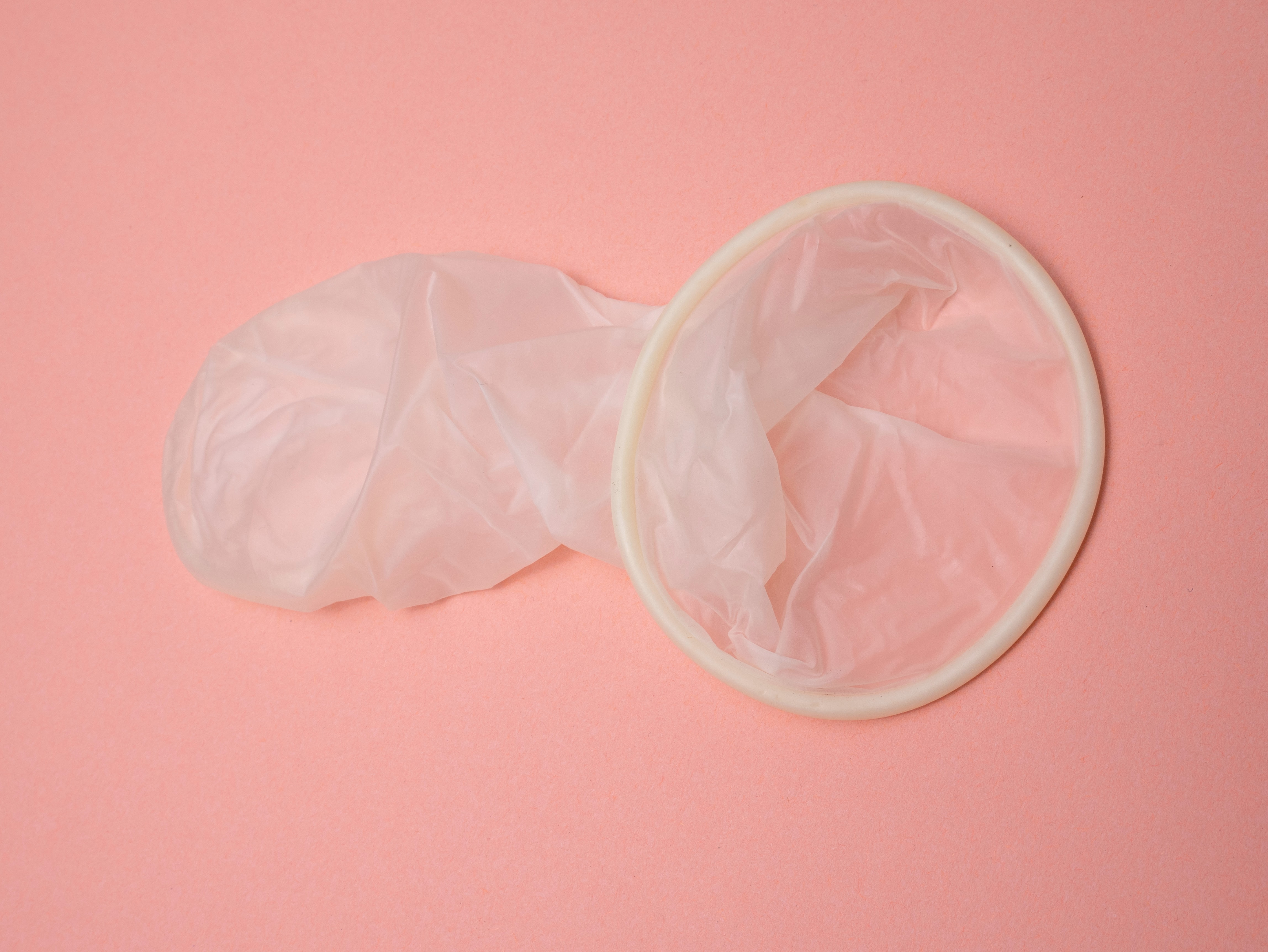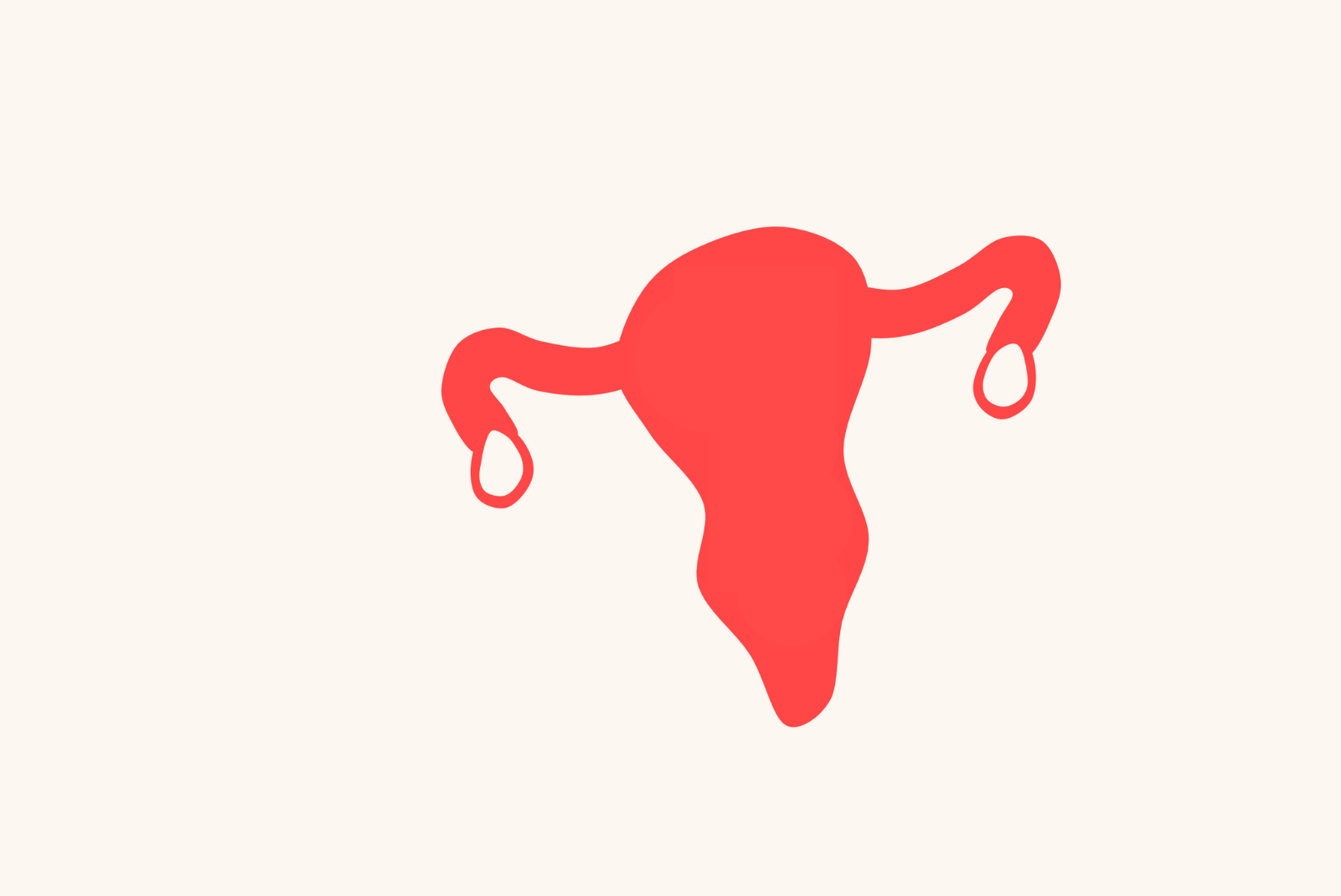This page was originally published in 2012 and has since been updated.
Withdrawal (also known as 'pulling out') is when the a penis is removed from a vagina before ejaculation. This prevents the semen from entering the vagina-owner's body.
However, even if the penis is withdrawn before ejaculation, pre-ejaculate fluid may contain sperm cells that can cause pregnancy and it may also contain organisms that cause sexually transmitted infections (STIs), including HIV.
Withdrawal is not recommended as a main method of contraception. It is dependent on the penis-owner, it requires great self-control, self-awareness and motivation, it may affect sexual pleasure, and it provides no protection against STIs.
People are advised to use withdrawal only if both partners are prepared to deal with the consequences of a pregnancy.
Blog: Learn more about pre-ejaculatory fluid and if it can cause pregnancy
Myth: Correct method use
Some people have misconceptions about how to use withdrawal correctly. For example, people incorrectly believe that the clear fluid that comes out of a penis before ejaculation (pre-ejaculate fluid) can cause pregnancy.
Fact:
As the pre-ejaculate leaves the body, however, it may pick up sperm from a previous ejaculation that remains in the urethra. One study found small clumps of sperm in the pre-ejaculate fluid of some participants. Though only a few hundred sperm were present, they could theoretically pose a low risk of pregnancy.
Such small amounts of sperm can likely be flushed out with urination, although no research has verified this. If a person using withdrawal has ejaculated recently, they should urinate and wipe the tip of their penis to remove any remaining sperm before having sex again.
Myth: Effectiveness
Some people have misconceptions about the effectiveness of withdrawal.
Fact:
Withdrawal is one of the least effective contraceptive methods - although it offers better pregnancy protection than no method at all. The effectiveness of withdrawal depends on the participants' ability to correctly withdraw with every act of sex.
As commonly used, about 20 pregnancies per 100 women whose partners use withdrawal over the first year. This means that 80 of every 100 people with uteruses whose partners use withdrawal will not become pregnant.
Myth: Health risks and side effects
Some people incorrectly believe that using withdrawal will cause health risks and side effects, such as cancer, headaches, or blindness.
Fact:
Withdrawal does not have any physical side effects for either partner.
Myth: Infections
Some people mistakenly believe that withdrawal prevents the transmission of sexually transmitted infections (STIs).
Fact:
Withdrawal does not prevent the transmission of STIs. Lesions or ulcers on the genitals can transmit various infections. Other STIs can be passed from one partner to the other through skin-to-skin contact. If either partner is at risk, the couple should use condoms.
The semen of HIV-positive men contains HIV-infected cells and is the primary way that HIV is transmitted through sex. Using withdrawal may reduce the risk of transmitting HIV because the woman is not exposed to semen. Even with withdrawal, however, there is a risk of HIV transmission because the pre-ejaculate fluid may also contain HIV. Studies of heterosexual couples found that the transmission of HIV from male to female was decreased by one-half or more when withdrawal was practiced compared with intercourse with ejaculation inside the woman. No studies have examined whether withdrawal reduces female-to-male transmission of HIV.
Myth: Mechanism of action
Some people have misconceptions regarding how withdrawal prevents pregnancy, such as incorrectly believing that withdrawal prevents pregnancy by preventing the vagina-owner from having an orgasm.
Fact:
Practicing withdrawal is not directly related to orgasm. Also, conception does not depend upon whether or not a vagina-owner has an orgasm. Withdrawal prevents pregnancy by preventing sperm from entering the vagina.
Myth: Sexual desire and sexual pleasure
Some people incorrectly believe that withdrawal will make men infertile, impotent, or weak, or decrease their sex drive.
Fact:
There is no evidence to suggest that withdrawal will make penis-owners infertile, impotent or weak, or that it will decrease their sex drive.
Myth: Who can use the method
Some people incorrectly believe that withdrawal is appropriate only for certain people, for instance, only people whose cardiovascular systems function well.
Fact:
No medical conditions prevent the use of withdrawal. While all men can use this method, its effectiveness depends on the user. Those who ejaculate prematurely or who cannot sense consistently when ejaculation is about to occur may have difficulty using withdrawal.
Learning to properly withdraw can take time. Couples may want to use another method until the male feels he can correctly withdraw with every act of sex.
Learn more in our video:
when
Blog Series
Adolescent Health
Subject
Contraception










